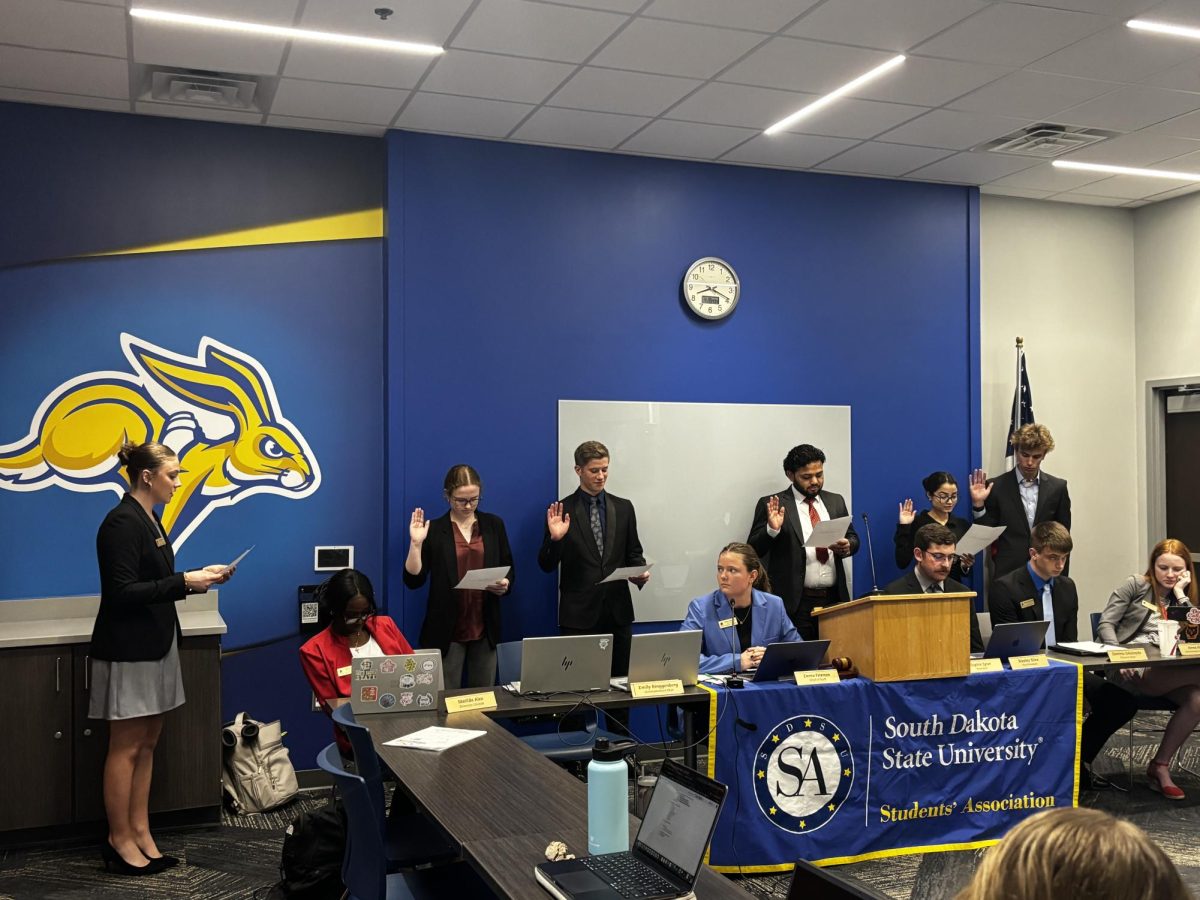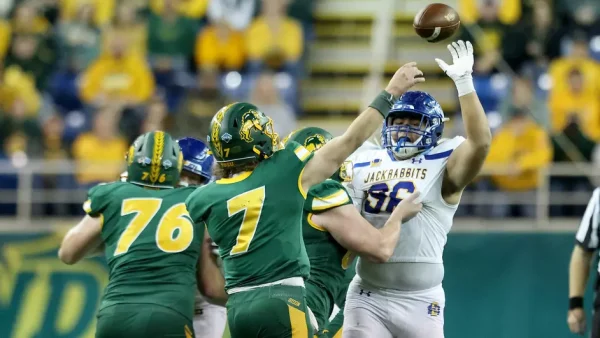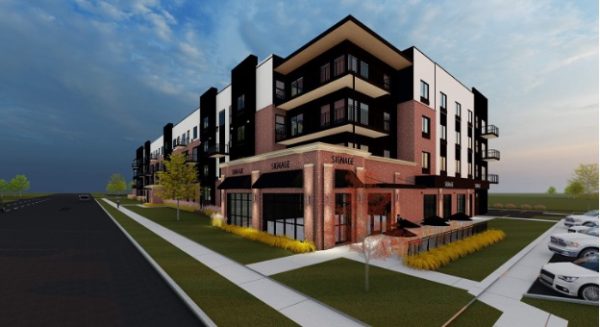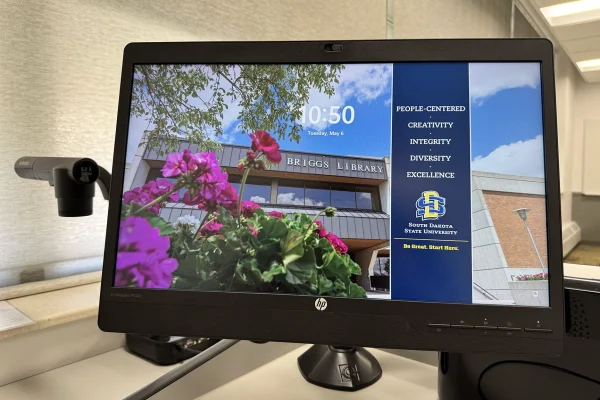Would you like to name 200 plants?
April 22, 2008
Katrina Sargent
Flowers and trees and shrubs, oh my!
Classes such as greenhouse and nursery crops, fruit and vegetable production, arboriculture, planting design and specifications, park interpretation and recreation and outdoor programming are required for different degrees within SDSU’s Horticulture, Forestry, Landscape and Parks Department (HFLP).
Megan Chilson, a senior horticulture major said she knows more than 200 plants and their scientific names due to the herbaceous plants class.
Jen Sperling, a senior horticulture major said the identification classes are her favorite. “I like being able to, when walking or running outside, name the plants.”
The three degrees available through the HFLP Department are horticulture, landscape architecture and park and recreation management.
According to their Web site, “Currently, the department has approximately 200 students.”
“The small size is comfortable, which is probably the reason a lot of students come from Minnesota and Iowa,” said Pete Schaefer. He has been part of the department for 25 years, serving as its head for 12, and is now a professor.
“It’s a lot of hands on activities and is really practical,” said Janelle Burkard, a senior horticulture major. Greenhouse management was her favorite class because of the way it was set up. “In a way, it was like managing my own business,” said Burkard.
“You get to have a lot of hands-on classes and get your hands dirty,” said Chilson.
In the past, park and recreation management students worked with the Rosebud Indian Reservation to help set up recreation programs, and landscape students work with private homeowners and public areas for different clients through some of their classes, said Schaefer.
The HFLP Department also operates McCrory Gardens. The gardens primarily depend on private funding and donations, but the department runs it, said Schaefer.
The gardens were started in the early 1960s and are located at the intersection of 6th Street and 22nd Avenue.
“The gardens contain approximately 20 acres of formal display gardens and about 45 acres of arboretum,” according to their Web site.
The gardens are used for research of woody plants, turfgrass and the effectiveness of native plant horticulture in the northern Great Plains, said the Web site.
“We employ 50 or so students in summer, mostly college, but there are some high school.” These students are not all necessarily studying horticulture; they come from a variety of majors, and other classes use the gardens as well according to Schaefer.
One of the unique features of SDSU’s park and recreation and landscape architecture students is their strong background in plants. “You won’t typically find that in landscape architecture or parks programs in most places,” said Schaefer.
The HFLP Department here is different than at many places because it encompasses a wide variety of studies within its three degree programs.
“Just the combination of majors in the department is fairly unique. It provides a different mix for students than most places,” Schaefer said.
Aside from its variety of classes and major offerings, there are also a number of student organizations within the department. These include the Horticulture Club, flower judging team, the student chapter of the American Society of Landscape Architects and Park Management Club.
For more information about the HFLP Department, visit hflp.sdstate.edu.





















